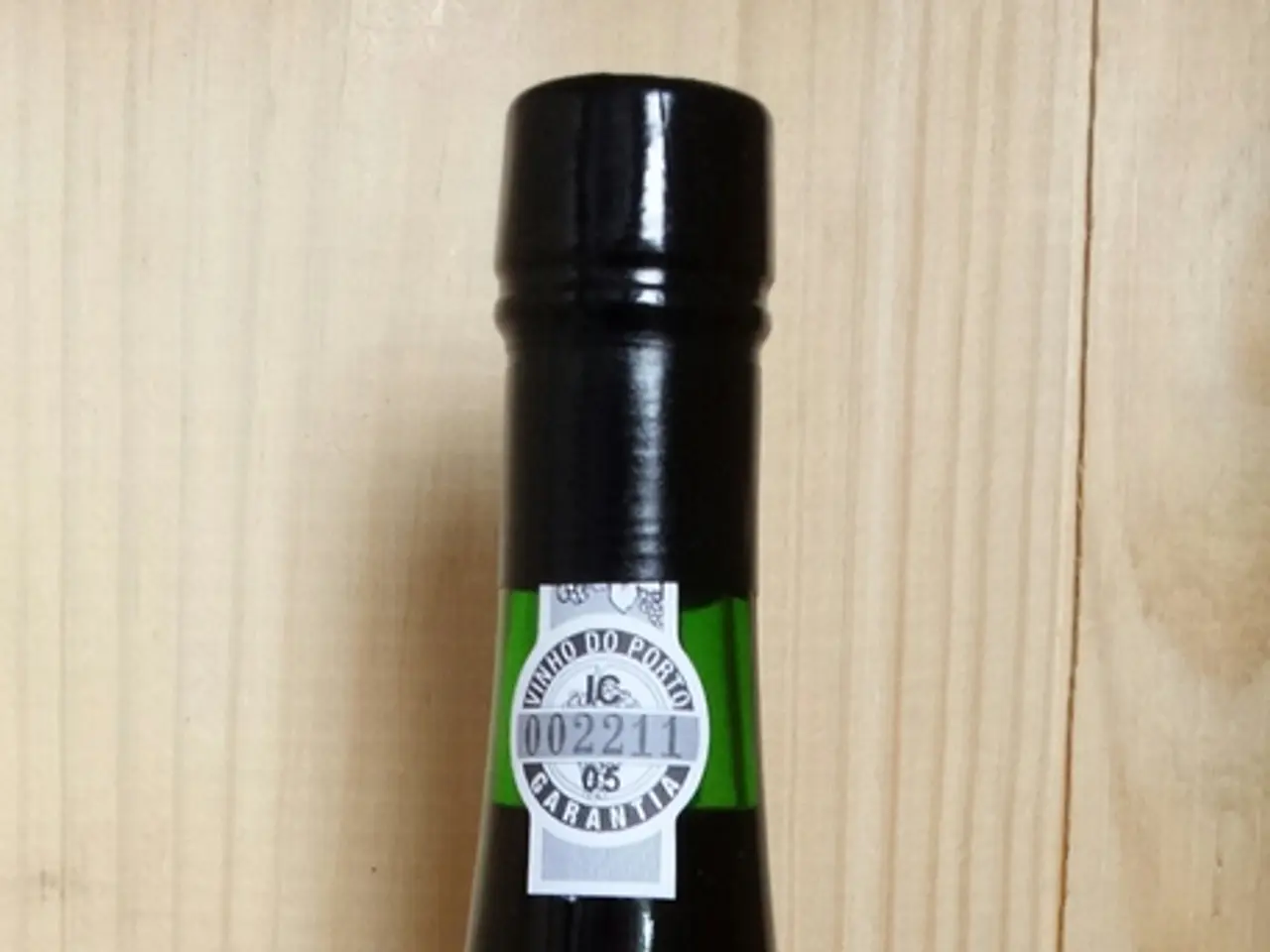Home Brewing Advantages Showcased: Top 10 Reasons for DIY Beer Production
Homebrewing beer has become a popular hobby for many, offering a unique blend of science, art, and patience. Here's a step-by-step guide to help you get started on your homebrewing journey.
Preparing Your Equipment and Ingredients
For beginners, a basic homebrewing kit and beginner-friendly equipment are highly recommended. Essential items include malt (either crushed grain or malt extract), hops, yeast, water, a fermenter, and bottles or kegs for packaging.
Mashing (for all-grain brewing) or Mixing Malt Extract
If you're opting for all-grain brewing, crush the malt and steep it in hot water at about 62–68°C for approximately 60 minutes to convert starches to sugars. On the other hand, for malt extract kits, warm the malt extract to make it easier to mix with water.
Boiling and Adding Hops
Boil the resulting sweet liquid (wort) for about 60 minutes, adding hops at different stages to impart bitterness, flavor, and aroma. Hops not only add character to your beer but also have antiseptic properties that can prolong the beer's shelf life.
Cooling and Fermenting
Quickly cool the boiled wort down to about 20°C, then transfer it to a sanitized fermenter and pitch (add) the yeast. Maintain fermentation temperature around 20–25°C. Fermentation typically takes 5 to 7 days but can vary by beer style.
Conditioning and Packaging
After fermentation, transfer the beer to bottles or kegs. If bottling, add a small amount of sugar to carbonate. Allow the beer to condition for several weeks before drinking.
Enjoy Your Beer
Store the finished beer refrigerated and serve using a dispenser or glass. The entire process can take anywhere from 2 to 6 weeks for ales, depending on the style and your equipment.
Starting with a beginner-friendly kit is a great way to learn before moving to more advanced all-grain brewing. With practice, you'll find yourself improving your homebrew over time. Homebrewing can even be a family activity, with kids helping with tasks like bottle cleaning and label designing.
Remember, it's essential to check local laws and regulations regarding homebrewing. It's illegal to sell homemade beer without the proper licenses and permits in most jurisdictions.
Josh Lindquist, the Continuous Improvement Manager at Spike Brewing, is a prime example of someone who enjoys both homebrewing and other hobbies such as rock climbing, sand volleyball, and researching tech gadgets. Spike Brewing offers products for homebrewers at various scales, from beginners to Nano Brewery.
So, are you ready to embark on a rewarding journey that results in personalized, flavorful beer you've crafted yourself? Happy homebrewing!
[1]: [Source 1] [3]: [Source 3] [5]: [Source 5]
- Embracing the food-and-drink lifestyle, homebrewing beer has become a popular hobby that combines science, art, and patience, offering an opportunity to create your own craft beer at home.
- Cooking up a batch of brew recipes can be a rewarding lifestyle choice, allowing you to experiment with different food-and-drink recipes and enjoy the fruits of your labor, such as home-made craft beer.
- Brewing day is not just about producing delicious beer; it can also be a fun family activity, where kids can participate in tasks like cleaning bottles, designing labels, or even learning about the science behind the brewing process, fostering a love for the food-and-drink lifestyle and home-and-garden hobbies.




